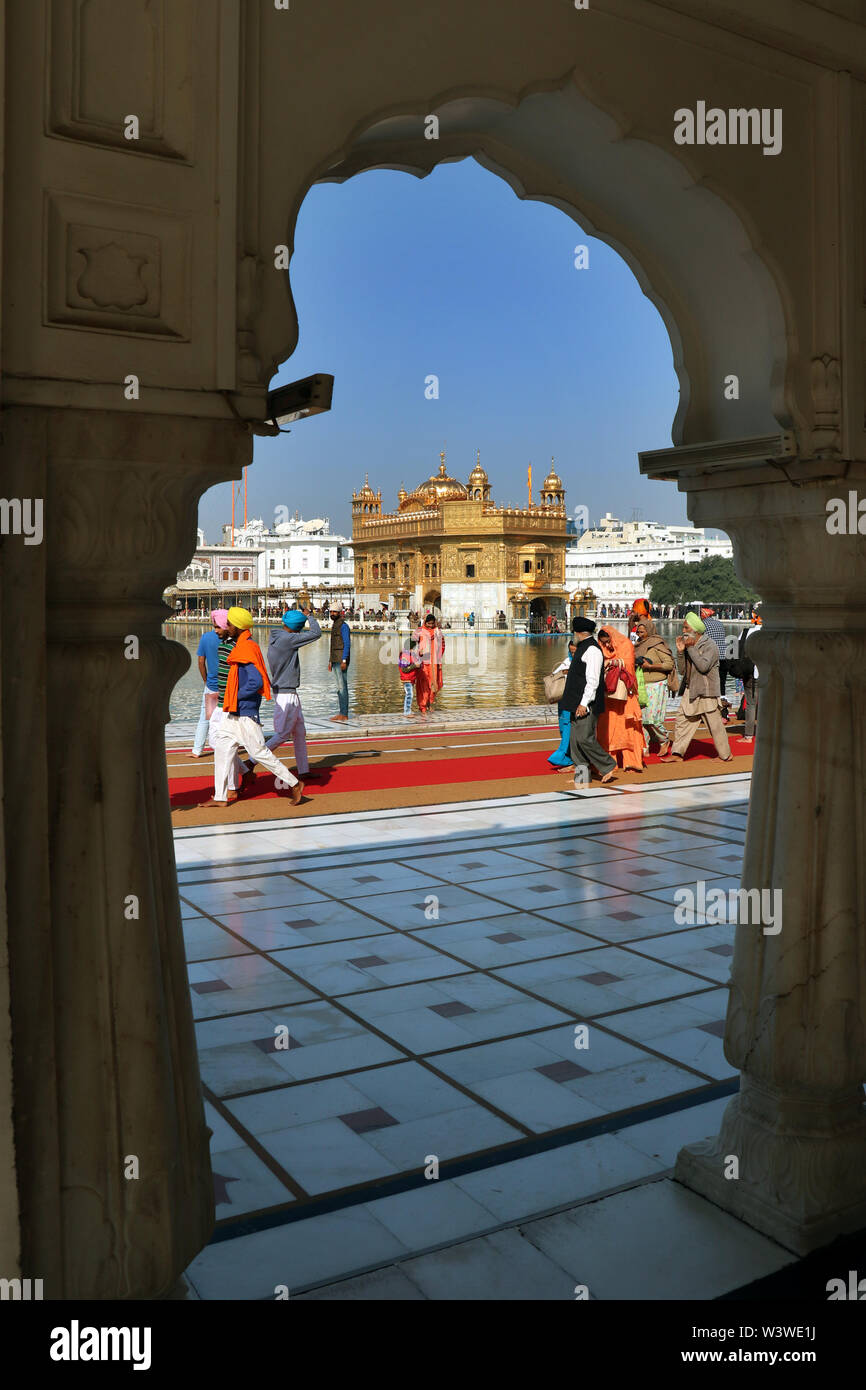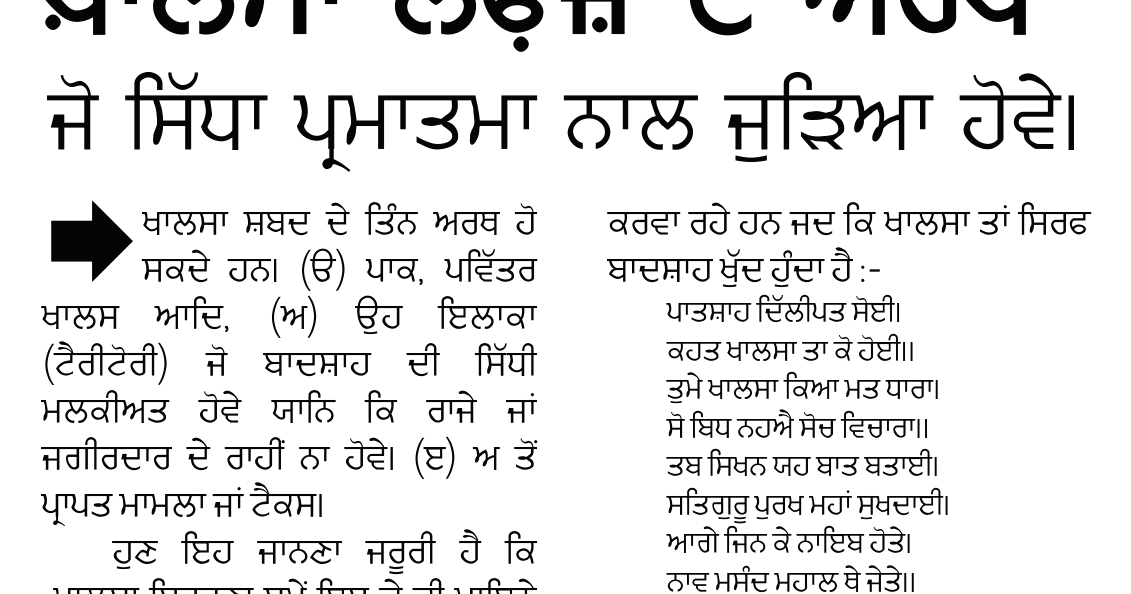

Literal meaning: A hot or beautiful Punjabi girl Literal meaning: May your face burn in hell or keep your face away Literal meaning: Expression of joy (but for a non-Punjabi, it is a racist way to greet any Punjabi). Literal meaning: To wander aimlessly, mostly to check out people of the opposite sex.

Therefore, it translates the Sanskrit name Panchanada in the area, which means "land of five rivers."īasic Punjabi Words And Phrases Basic Wordsīasic Punjabi Words And Phrases 20 Punjabi Words And Phrases For Your Vocabulary Furthermore, the name of the region was presented by the Turkish-Persian conquerors in South Asia. The word Punjabi is derived from Panj-āb, which means "Five Rivers" in Persian and refers to the five main tributaries of the eastern Indus River. The Punjabi language is classified as one of the members of the Indo-Aryan subgroup of the Indo-European language family. Learn the necessary and basic Punjabi words and phrases with their meaning in English and pronunciation.Ī famous saying is that you can find two rich things anywhere in Pakistan or India: potatoes and Punjabi! Well, I don't know what potatoes are, but if it's Punjabi, I must agree! So from east, west, and north to south, you can meet this very warm and kind person anywhere in this country. It has since been a remarkable feature of all Gurudwaras, wherein devotees of all faiths participate in the preparation and service of meals.Besides India and Pakistan, Punjabi is spoken among a vital overseas diaspora, particularly in the United Kingdom, the U.S.A, and Canada. In deed, the tradition of langar (community kitchen) initiated by Guru Amardas, came from the belief that food is central to communal bonding. Their legendary warmth and hospitality assures that anyone who passes through this land will return well fed. The ubiquitous ‘tandoori chicken’ is very popular.Ī word of caution is necessary for first time visitors though, low-fat Punjabi meals are unimaginable and cut no ice with the proud and generous people of Punjab. In addition to these, Punjabis have created a combination of the northwest frontier cuisine and Mughlai recipes to prepare rich poultry and mutton dishes. It incorporates generous quantities of milk, curd, butter, and cream in cooking of fresh vegetables and meats. As a result, Punjabi cuisine is among the richest in the country as well as the world. Dairy products, unleavened flat breads, pulses, vegetable and meat curries continue to reflect the rural temper of the state while being wedded to the residual flavors of foreign invasions, such as rice and gravies. Punjab’s economy has predominantly been agrarian in nature, historically evidenced in the remains of granaries and other artifacts of the Indus Valley Civilization. “Sarso ka saag” and “Makki di roti” are examples of well-known and very famous dishes.

Punjabi cuisine has become world-leader in the field so much so that many entrepreneurs who invested in the sector have built large personal fortunes due to its popularity. Punjab’s geographical location with relation to the rest of the Sub-continent has meant that this region has had strong Central Asian influences both in its culture and its food. The traditional dress for women is the Punjabi Salwar Suit which replaced the traditional Punjabi Ghagra. The traditional dress for Punjabi men is ‘Punjabi Kurta’ and ‘Tehmat’, especially the popular Muktsari style, which is being replaced by the kurta and pajama in the modern day Punjab. One of the most important Punjabi literatures is that of the revered ‘Guru Granth Sahib’. Many compilations of Punjabi poetry and literature are being translated throughout the world into many languages. Punjabi Poetry is renowned for its deep meaning, beautiful, exciting and hopeful use of words. Poetry offers one of the clearest views into the Punjabi mindset. In addition to Sikh religious music, semi-classical Mughal forms, such as the khyal dance and the thumri, ghazal, and qawwali vocal performance genres, continue to be popular. Giddha, a native Punjabi tradition, is a humorous song-and-dance genre performed by women. Expressing happiness and gaiety through dance is a typical feature of such festivities, with bhangra, jhumar, and sammi being among the most popular genres. There are numerous anniversary celebrations as well in honour of the Gurus (the 10 religious leaders of Sikhism) and various saints. Punjabis celebrate numerous religious and seasonal festivals, such as Dussehra, Diwali, Baisakhi, and many more.


 0 kommentar(er)
0 kommentar(er)
